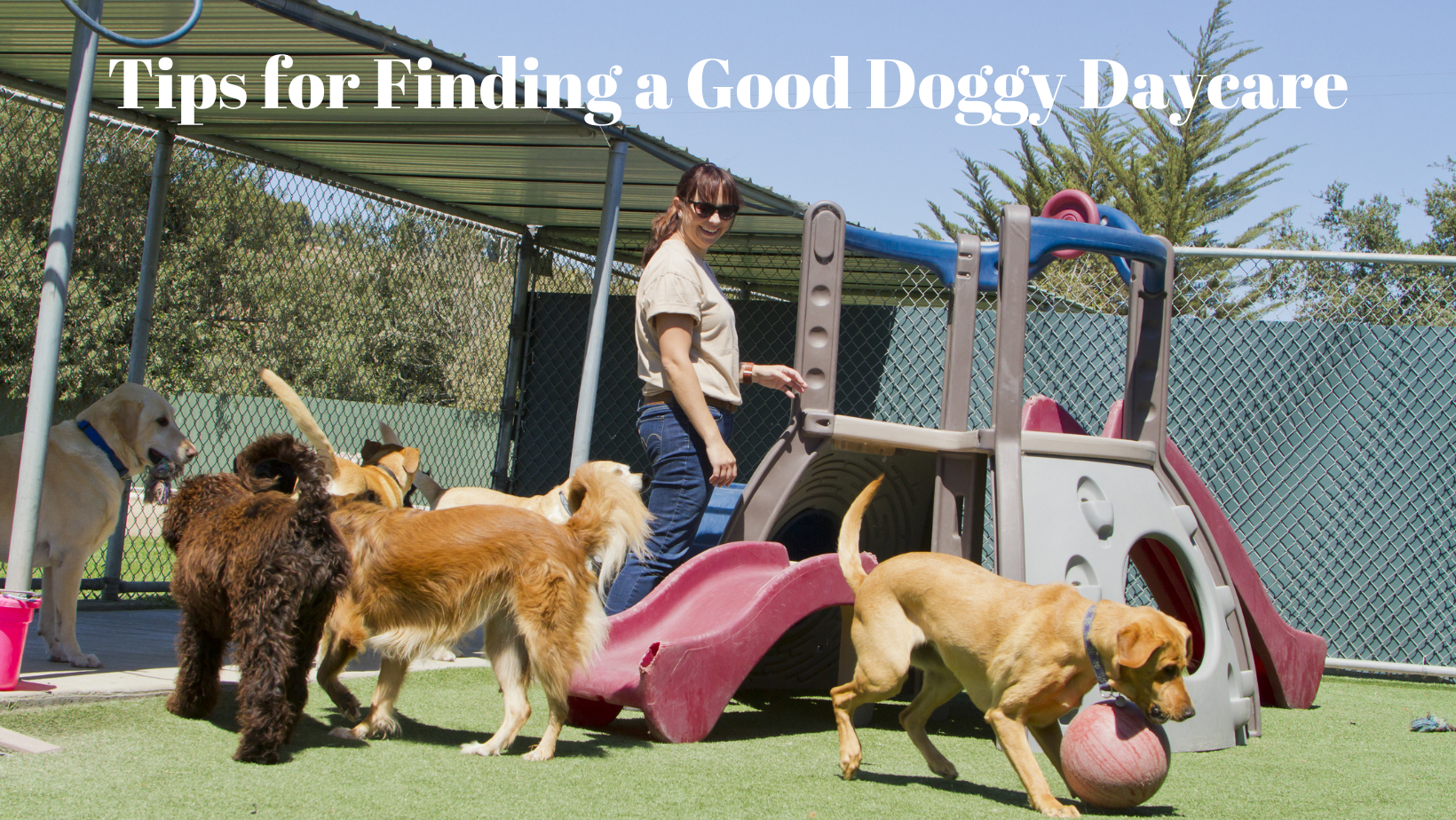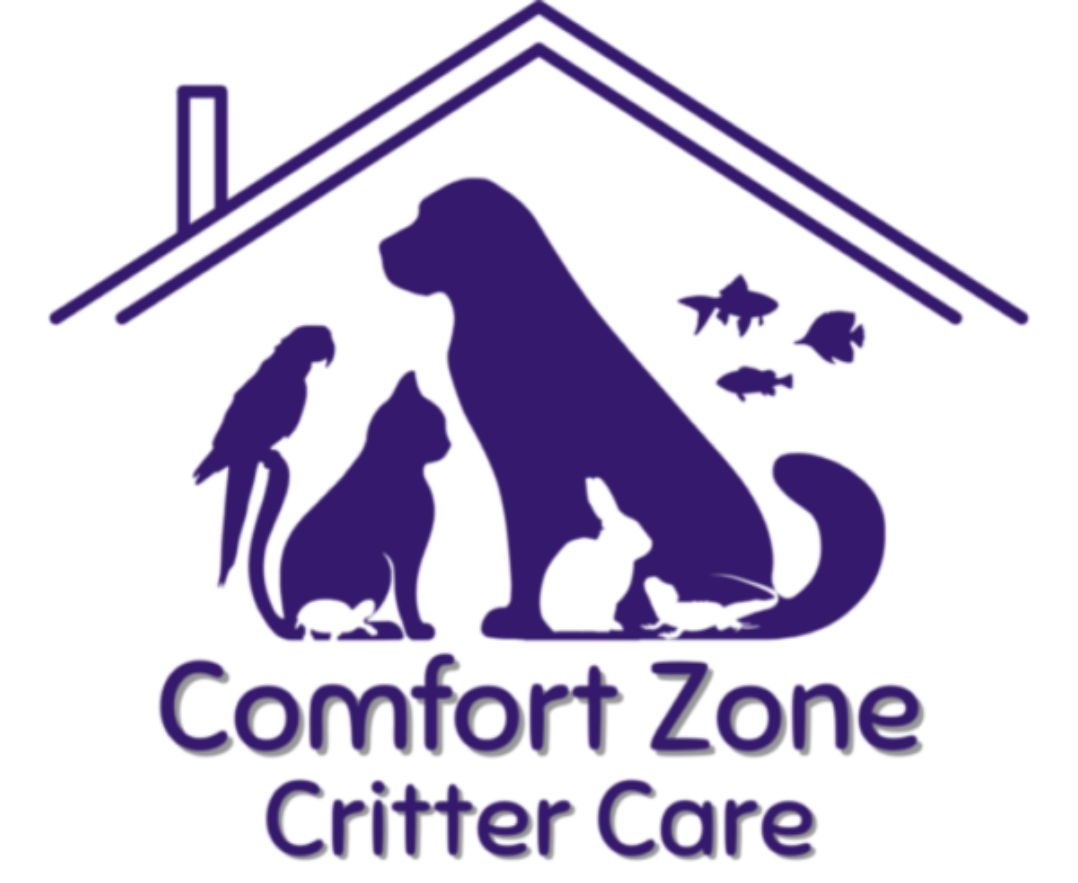
Are you a dog parent that is looking for options so that your dogs are not home alone and bored all day while you work (whether you work outside of the home or are still working at home due to the COVID-19 pandemic)? They are many options available to you. Some dog parents choose to have a pet sitter or dog walker come over during the day to check in on their fur kids. Other pet parents choose to send their dogs to doggy daycare.
Doggy daycare is a great option for those dogs that are well-socialized and would benefit from a lot of exercise and time spent being around other dogs. How do you find a good doggy daycare? Below are some of my favorite tips for finding a good doggy daycare.
- Ask what the staff-to-dog ratio is. There should be at least one well-trained staff member for every 10 to 15 dogs (1:15), according to the International Boarding and Pet Services Association. I actually prefer a smaller staff-to-dog ratio of 1:7, to be able to properly monitor appropriate play and be able to intervene if play gets too “rough”.
- Make sure the dogs are grouped appropriately. There are many styles of doggy daycares, so be sure to choose the one that best suits your dog’s needs. Some facilities may have all the dogs playing together in one large room. I prefer to see a doggy daycare that has separate areas that can group dogs based on age, size, temperament, and play level. If the dogs are not separated at all, it might be a sign to look elsewhere, in my professional opinion.
- Ask about the vaccination requirements. Since dogs are in close contact while at doggy daycare, they must be up to date on vaccines (based on their age and state requirements). Illness can spread rapidly at a facility if dogs in attendance are not protected. A responsible daycare facility should require all dogs to show proof of current vaccinations for Rabies, DHPP (Distemper, Hepatitis, Parainfluenza, and Parvovirus), and Bordetella (“kennel cough”). Some facilities may also require that the dog is up to date on parasite preventatives as well (heartworm, intestinal worms, fleas/ticks, etc).
- Ask about the spay/neuter policy. Most doggy daycare facilities have a minimum age requirement at which dogs that attend must be spayed or neutered. That requirement is typically between 6 months to one year of age. This is more about the safety of the group of dogs, not about whether or not it is “better” to spay or neuter. Altered dogs can react differently to intact dogs, and vice versa. A responsible daycare facility will want to keep this to a minimum in their group, which means they must ask non-altered dogs to not attend once they reach sexual maturity (usually between 6 months to 1 year of age). It’s all about setting the group of dogs up for safety and success.
- Pick a daycare with guided activities or a schedule. When your dog attends daycare, they should be kept on a consistent routine. This helps keep the dogs calm and relaxed and helps to encourage good behavior. Some daycares have scheduled “nap time”, where all the dogs are kenneled for a certain period of time. Scheduled breaks can help prevent overstimulation and physical injury, especially for dogs that would play all day if allowed. Some doggy daycares even allow for training and enrichment activities throughout the day. This allows the dogs to work on improving their behavior, rather than it being a “free-for-all”.
- Ask about their temperament testing/trial/evaluation process. A good doggy daycare should have a protocol for accepting new dogs. Find out what behaviors would prevent your dog from being accepted, and make sure you’re comfortable with those requirements. Some behavior issues can be difficult to manage in a daycare setting. As such, not all dogs are well suited for the doggy daycare environment (and that’s okay!!). If you are worried about your dog passing the evaluation, talk with the staff ahead of time to gain insight as to how to set your dog up for success. An evaluation for doggy daycare should begin simply with seeing how your dog reacts to being handled by the staff. The introduction to the current group of dogs should be a slow one. Your dog should meet one dog to start with, and then slowly be introduced to more of the group, one at a time. This allows ample time for your dog to adjust, as well as the current group of dogs. Ask what indications the staff looks for as far as whether a dog is enjoying their trial or not. Depending on the facility, the length of an evaluation might range from a few hours to a full day.
- Find out what their emergency medical plans are. Injuries are not uncommon in a doggy daycare setting. A dog can sprain an ankle, rip a paw pad, break a nail, or even get scratched or bit. Remember, dogs play with their teeth! Make sure to ask how the staff will assess an injury and what their treatment plans are. Staff should be trained in how to safely administer first aid, and also have a plan in place if a dog in their care requires veterinary or emergency care. Also, be sure to ask if the owners are notified in the event of an injury. If the facility is not located on the premises of a veterinary hospital, they may require that you fill out a treatment authorization form to take your dog to a vet and to clarify what medical decisions they can make in your absence.
- Find out what training their staff has. Loving dogs or owning dogs is not enough of a qualification to work in a doggy daycare setting. A good doggy daycare has staff that is well-trained in reading dog body language, keeping dog play safe, and how to break up a fight, should one occur. It’s also a good idea for the staff to be pet first aid and CPR trained. Having a certified professional dog trainer on staff is ideal. This benefits the dogs in attendance as well as keeping the staff properly educated and trained. Make sure to choose a daycare facility that does not rely on aversives (such as spray bottles, air horns, or shaker cans) to punish dog behavior. The daycare staff and the dog trainer on-site should utilize positive reinforcement (praise, treats or toys, and petting) to reward good behavior.
- Ask about their toy/treat policy. Some daycares may use treats and/or allow the dogs to have access to a variety of toys. If your dog has any dietary restrictions or has shown any aggressive tendencies around food or toys, be sure to let the staff know.
- Tour the facility. Contact the doggy daycare to request a tour of the facilities. Make sure there is good ventilation. There should be solid fencing (wood is preferable over chain link, to avoid any territorial aggression) in place, as well as proper gating (a double gate to prohibit dogs from having direct access to outside is best). Make sure that any dogs that are in attendance are not left unsupervised. You’ll also want to make sure the place is clean and properly sanitized.
While these are just a few of my tips for finding a good doggy daycare, I believe the most important quality is transparency. This means that the daycare staff should be willing to answer any of your questions thoroughly, openly discuss their policies, talk about group play management and training philosophy and methods, and be honest when discussing your dog’s behavior in the daycare environment. A reputable dog daycare will be more than happy to discuss how they do things with you, and will also allow you to tour their facility so you can see it for yourself, whether in person or virtually through webcams, videos, or photos.

